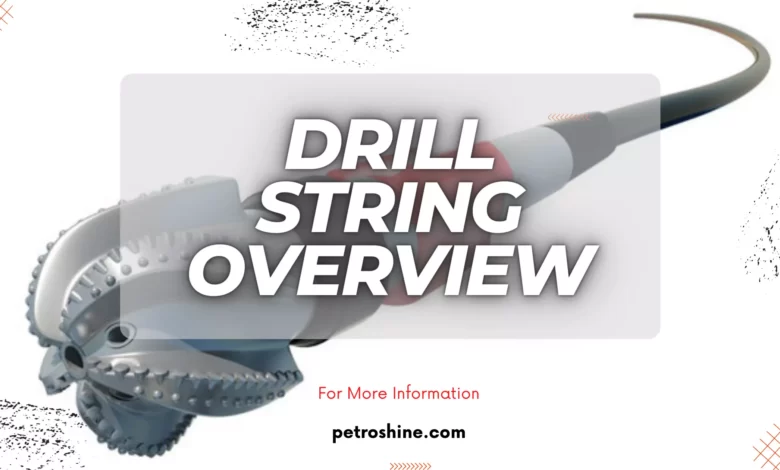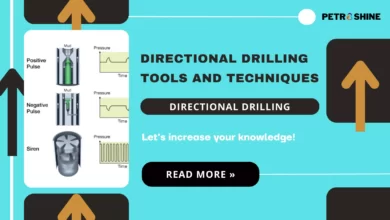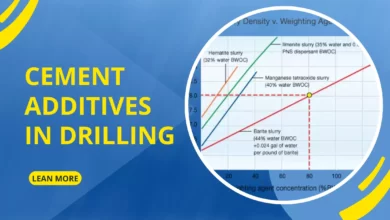Drill String Design | Drill String Overview

Drill string design refers to the process of selecting and configuring the components that make up the drill string, which is the pipe assembly used to transmit drilling fluid and torque to the drill bit during the drilling process. Proper drill string design is crucial for achieving efficient and effective drilling operations.
Design Considerations
A well-designed drill string is instrumental in optimizing penetration rates, controlling wellbore deviation, maintaining an “in gauge” hole and avoiding drilling problems. Its components need to be strong enough to withstand high stresses and hostile operating conditions, but also lightweight enough for efficient handling.
In general – and within certain operating limits – rate of penetration increases with increasing weight on bit. Because the drill string is the source of this applied weight, the design and placement of its components are driven largely by how much weight is desirable and practical for a given set of conditions.
Wellbore deviation is a natural consequence of the rotary drilling process. It can be a particular problem in dipping formations and other intervals that exhibit crooked hole tendencies. Major concerns include doglegs (abrupt changes in hole angle) and key seats (slots worn into the side of the borehole by the drill string). These can lead to stuck pipe, difficulty in running casing and future production problems. Controlling wellbore deviation is a major drill string design consideration in both directional and non-directional wells.
Hard or abrasive formations, sloughing formations or heaving shales may result in hole diameters considerably less than the bit diameter. This undergauge condition can lead to such problems as stuck pipe and an inability to run casing. Selection of the right drill string tools can alleviate this condition and help produce a smooth bore, full-size, problem-free hole.
Well geometry (particularly the annular clearance between the hole and the various drill string components, but also the internal diameters in the drill string) can affect hydraulic performance, torque and drag characteristics and other drilling parameters. Sizing the drill string based on target depth and hole size requirements is thus an important aspect of well planning.





